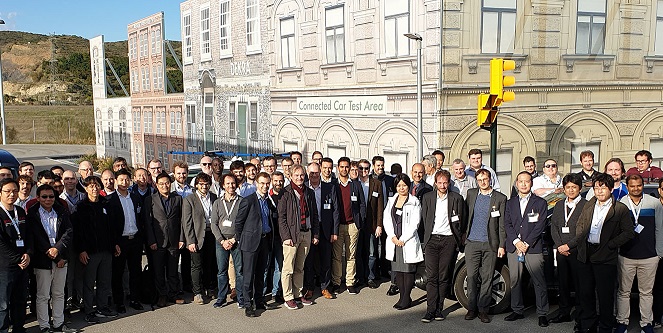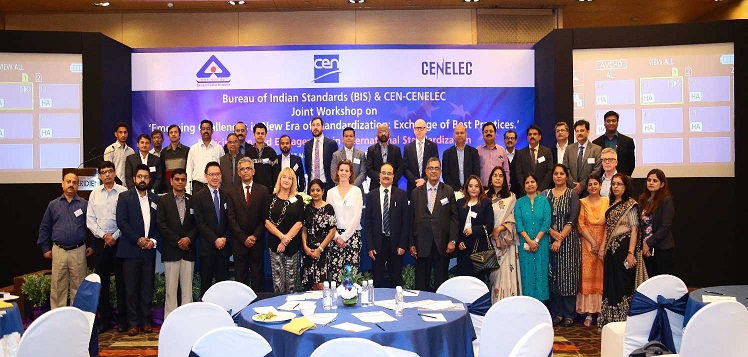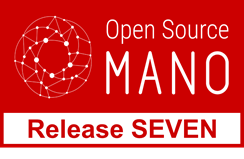The first ETSI C-V2X Plugtests, performed in partnership with 5GAA, came to a close with a success rate of 95% of the executed tests, showing an extremely positive level of multi-vendor interoperability. 320 test scenarios were executed in lab and field environments for interoperability with 70 people present onsite for testing.
This event enabled vendors to run test sessions to assess the level of interoperability of their implementation and validate the understanding of the ETSI TC ITS and 3GPP standards. The ETSI 5GAA joint workshop which was organized in parallel, addressed C-V2X interoperability and deployment. Leading speakers from the European Commission, the Dutch Ministry of Infrastructure and Global Certification Forum presented the latest updates on ITS deployments and certifications. This week-long face to face PlugtestsTM , provided an opportunity to test C-V2X devices. Field interoperability testing included road hazard signalling, road works warning, longitudinal collision risk warning and intersection collision risk warning.
CEN and CENELEC announced that, after two years of continuous dialogue with all actors involved in the citation process, the EC has cited in the Official Journal of the European Union (OJEU) several lists of Harmonised European Standards (hENs). This important development signals a relevant turn in the process of reducing the citation backlog of harmonised standards, to the benefit of the industry and consumers.
In particular, the lists of standards cited cover the following sectors: Toys safety, New Legislative Framework, Electromagnetic Compatibility, Explosives Atmospheres, Pressure Equipment, and General Product Safety. Overall, this citation exercise includes more than 60 new references.
CEN and CENELEC Members have identified India as a key priority market. The objective of CEN and CENELEC is to cooperate more closely with the Bureau of Indian Standards (BIS) and other relevant Indian standardization bodies on various topics of mutual interest, in order to create synergies. As a first step towards creating a close working relationship with BIS and to understand the commonalities and gaps on standardization strategy and the standards development process, a two-day joint workshop was organised by BIS and CEN & CENELEC on 26th and 27th November 2019 in New Delhi, India. The workshop helped identify significant common areas of mutual interest between BIS and CEN & CENELEC, which will be explored further for collaboration between the two regions.
The ETSI Open Source MANO group unveiled its latest release, OSM Release SEVEN. This release brings cloud-native applications to NFV deployments, enabling OSM to on-board over 20,000 pre-existing production-ready Kubernetes applications, with no need of any translation or repackaging. OSM release SEVEN allows you to combine within the same Network Service the flexibility of cloud-native applications with the predictability of traditional virtual and physical network functions (VNFs and PNFs) and all the required advanced networking required to build complex end to end telecom services.
In addition, Release SEVEN extends OSM's SDN framework to support the next generation of SDN solutions providing higher level primitives, increasing the number of available options for supporting I/O-intensive applications. Furthermore, the plugin models for intra and inter-datacenter SDN have been consolidated, and the management, addition and maintenance of SDN plugins significantly simplified. Release SEVEN also brings major enhancements designed to improve the overall user experience and interoperability choices. This includes an improved workflow for VNF configuration which allows much faster and complex operations, and the support of additional types of infrastructures, such as Azure and VMware's vCD 10, etc……
European Commission had published its Circular Economy Action Plan in 2015 and requested the three ESOs – CEN, CENELEC and ETSI - to develop standards to support Ecodesign requirements on material efficiency aspects for energy-related products, covering the following aspects: extending product lifetime, ability to reuse components or recycle materials from products at end-of-life, use of reused components and/or recycled materials in products. In this context, the CEN-CENELEC JTC 10 ‘Energy-related products - Material Efficiency Aspects for Ecodesign’ (CEN-CLC/JTC 10) has published the following standards in 2019:
- EN 45555:2019 ‘General methods for assessing the recyclability and recoverability of energy-related products’;
- EN 45556:2019 ‘General method for assessing the proportion of reused components in energy-related product’
- EN 45558:2019 ‘General method to declare the use of critical raw materials in energy-related products’;
- EN 45559:2019 ‘Methods for providing information on material efficiency aspects of energy-related products’.
ETSI TC Smart Card Platform, that standardized the former generations of SIM cards, has been working on a brand-new security platform called Smart Secure Platform (SSP). The ETSI committee has unveiled the first three technical specifications to launch this new security platform.
The ETSI Smart Secure Platform offers an open platform for multiple applications with various physical interfaces and form factors. The new flexible file system and built-in capabilities support several authentication methods, as well as features defined for a UICC - the current security platform used, for instance, for the SIM card - such as a toolkit or a contactless interface. SSP is a highly secure, scalable, thus cost-efficient solution optimized to fit many requirements, from IoT applications to complex solutions, hosting several applications such as banking and payment, ID management and access to mobile networks. Furthermore, the SSP is backwards compatible to the UICC. The three specifications cover the general technical characteristics of the Smart Secure Platform with ETSI TS 103 666?1, the integration of the Secure Element into a System on Chip (SoC) solution in ETSI TS 103 666?2 and, as the first protocol between the Smart Secure Platform and the outside world, the Serial Peripheral Interface (SPI) which is specified in ETSI TS 103 713.
The European Commission (EC) has published recommendations by a group of experts, the Strategic Forum on Important Projects of Common European Interest (IPCEIs), to boost Europe's competitiveness and global leadership in six strategic and future-oriented industrial sectors: Connected, clean and autonomous vehicles; Hydrogen technologies and systems; Smart health; Industrial Internet of Things; Low-carbon industry; and Cybersecurity. IPCEIs comprise innovative research projects that often entail significant risks and require joint, well-coordinated efforts and transnational investments by public authorities and industries from several Member States. In addition to recommendations specific to each of the value chains, the report also identifies horizontal enabling actions:
- Pooling public and private resources at EU, national and regional levels; The EU should coordinate these joint investments, targeting first industrial deployment and the commercialisation of new technologies;
- Deepening and integrating the single market through regulations and new standards;
- Mapping and developing the skills needed across the value chains;
- Making innovation systems in Europe more dynamic, with a focus on public-private partnerships;
- Setting a governance process to monitor technological and industrial changes, etc.












